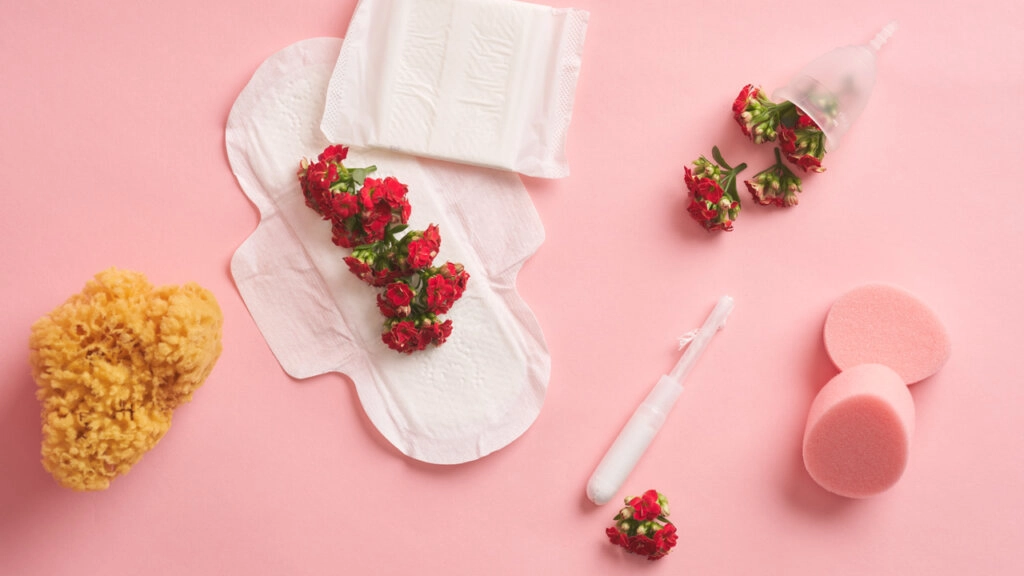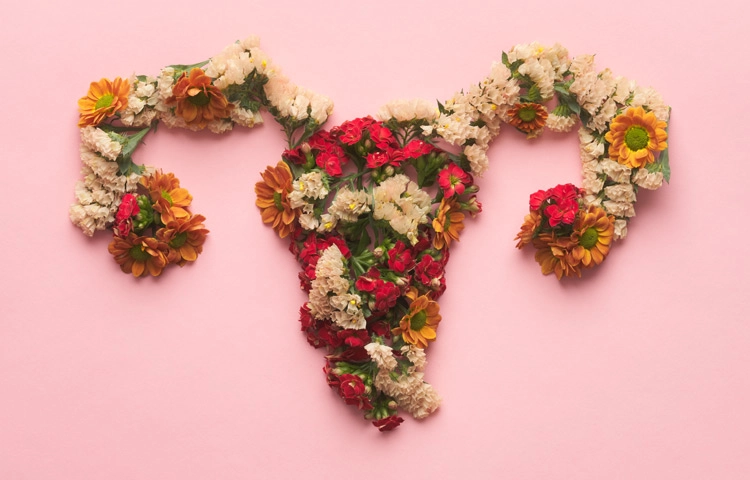
For some, their period is a faithful companion who rarely makes much of a difference. For others, it’s a monthly trip full of painful and/or emotional chaos.
If you’re one of the lucky ones from example one, then allow me to congratulate you. If you're one of those from example two, then I'll just greet you with a giant hug (actually, you’ll get a hug too if you're a number one girl).
Yep, I'm a number two. One of those who work hard to embrace their period and all the amazing things it’s actually there for: my body's ability to reproduce. Although I’m grateful for that fertility, I still look at my period with bitter eyes.
But what exactly is happening to the body when the monthly bleed comes? Does it come alone or does it bring company? And what can you do about it?
I will give you an answer to all these in this blog post. Bring out the heating pad and the chocolate, and read along.
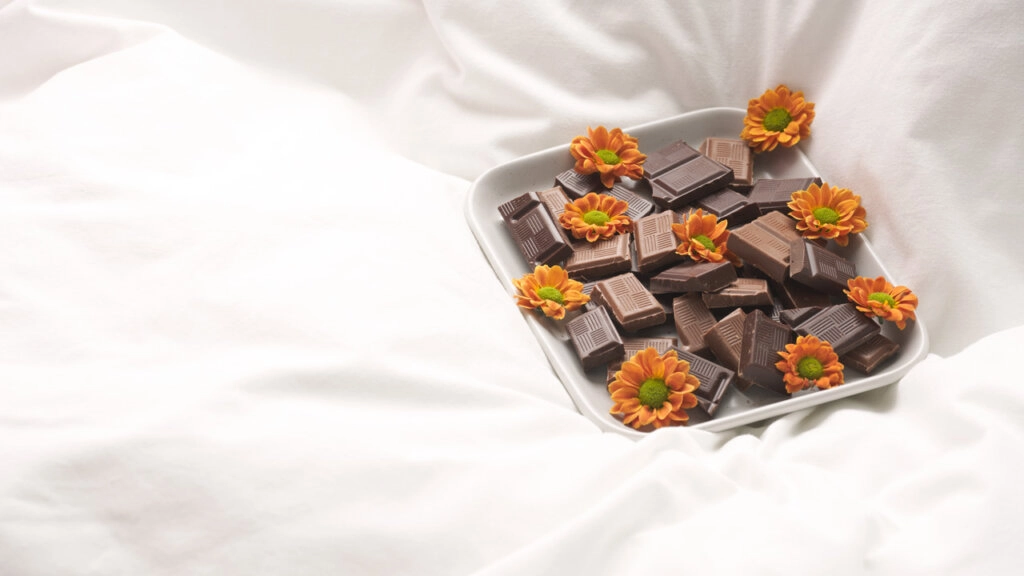
What Happens When the Body Menstruates?
As a girl, when you reach puberty and start to ovulate, you also get your period. A bleeding that occurs once a month, if your menstrual cycle is regular.
It may take a few years from the first period until the cycle becomes regulated, but for some it remains irregular until menopause.
An adult woman's cycle lasts 28 days on average, but 23–35 days are within what’s called “normal”. Your cycle begins on your first day of your period.
Once you’ve ovulated and the egg hasn’t been fertilised, the egg goes to waste. It’s flushed out with your menstrual blood, which also consists of expelled mucus from the uterus.
Menstrual blood can vary in colour. It can be completely red, dark red, brownish, lumpy, or thin in consistency.
Some women don’t notice their period much other than the fact that they obviously have to deal with the bleeding.
Other women’s monthly bleed is, unfortunately, joined by several physical and mental companions.
A Period Rarely Comes Alone
Some women may nod in agreement that emotions run a little high in the days leading up to their period.
Your fuse gets shorter, you get emotional over an advertisement for Merci chocolate, and it's suddenly sickeningly annoying to hear other people's breathing.
I mean, do you really need to breathe so close to me, huh?
Sorry. But that’s what my reality looks like once a month. Maybe yours does too.
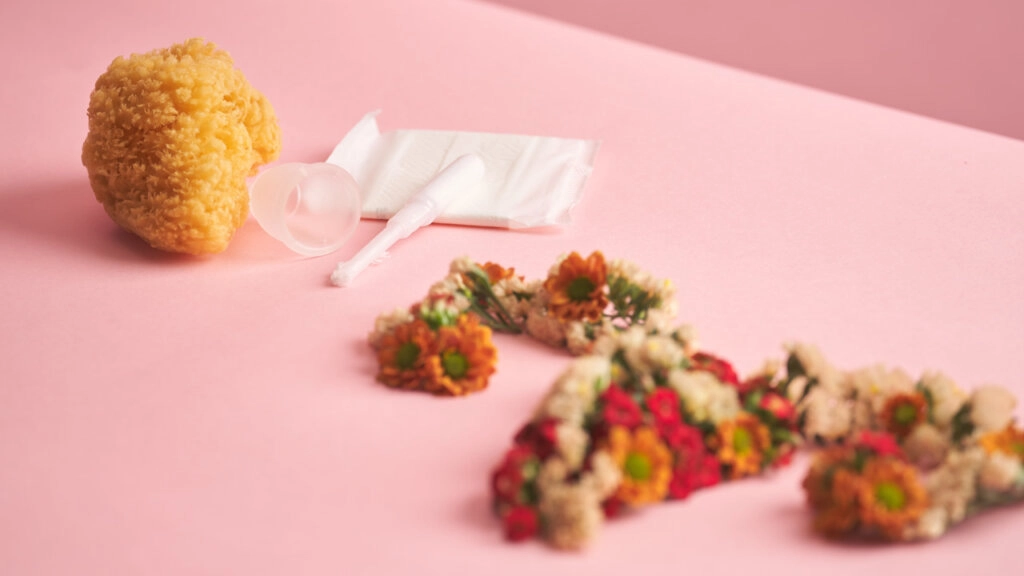
PMS
You've probably guessed that it's PMS I’m talking about. Or premenstrual syndrome, as it’s also called.
PMS may be present to a greater or lesser degree. However, according to the American Mayo Clinic, 75% of all women suffer from at least one or more PMS symptoms.
They can be both physical and mental. That is, the symptoms. Maybe you’ve already heard of or experienced bloating, sore breasts, headaches, sadness, and irritability?
Some women experience PMS to such an extreme degree that they’re virtually unable to function. It may be necessary to call in sick at work and cancel private appointments in order to get through the days.
In such cases, it may be something called PMD.
PMD
PMD stands for premenstrual dysphoria. About 3–5% of menstruating girls and women experience that their mood swings are so violent that they even become anxious or depressed.
PMD was first registered in the WHO's list of diseases and disorders on 1 January 2022. An absolutely amazing thing, as it makes it possible to go to your doctor to get treatment.
No-one gains anything from these monthly dives—least of all those experiencing them.
The symptoms of both PMS and PMD typically disappear within the first days of their period, and remain absent until at least their next ovulation.
Menstrual Blood—What Do We Do About It?
When I was younger, there weren’t a lot of options for managing one’s menstrual blood. There were pads and tampons. That’s it.
Even though the two options still exist, there are other alternatives on the market now. This is both beneficial to those on our period and our dear planet.
But before this turns into a climate debate, I would like to introduce you to the various options.

Menstrual Pads
You probably know menstrual pads from commercials on TV and in magazines. It’s the chalk-white, sticky things put into panties that often have something resembling sprinkler fluid poured over them.
Thank you advertising world for giving us this realistic relationship with our menstrual blood (said no one ever!).
You can get long pads, short pads, thick pads, and thin pads. You can get pads with and without wings, paper-thin pads, and pads that are so thick that it feels like having a watermelon between your legs (if you’ve given birth before, then you might know what I mean).
You simply place the pad in your panties, after which it will collect the blood. It’s as simple as that.
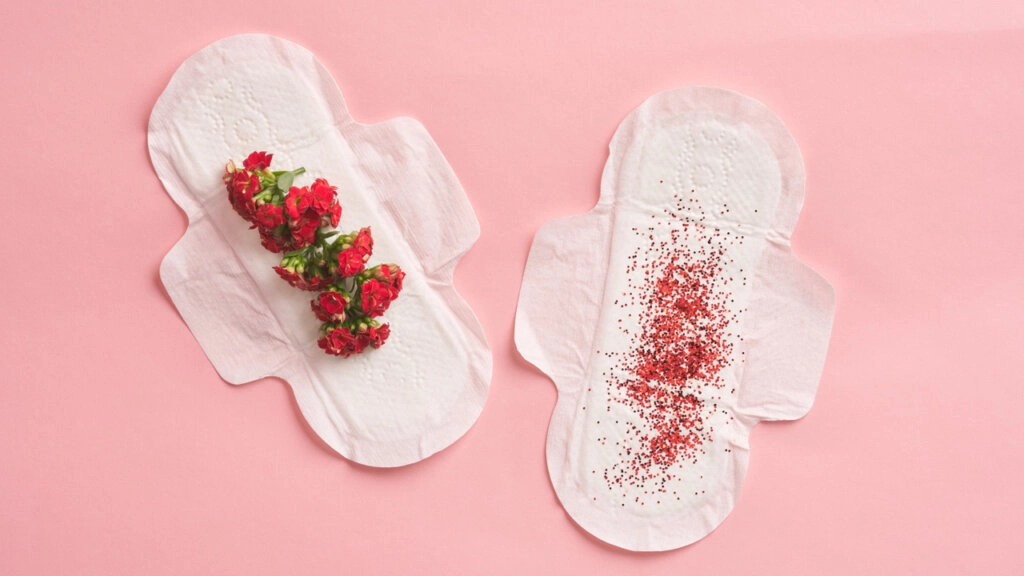
Tampons
A tampon is inserted into the vagina, where it should sit quite comfortably and collect your menstrual blood.
You can get tampons with or without an insertion sleeve, and it’s entirely up to you which technique you prefer.
Remember to change the tampon regularly to avoid TSS (toxic shock syndrome). Regularly means every 3–4 hours and a maximum of 8 hours.
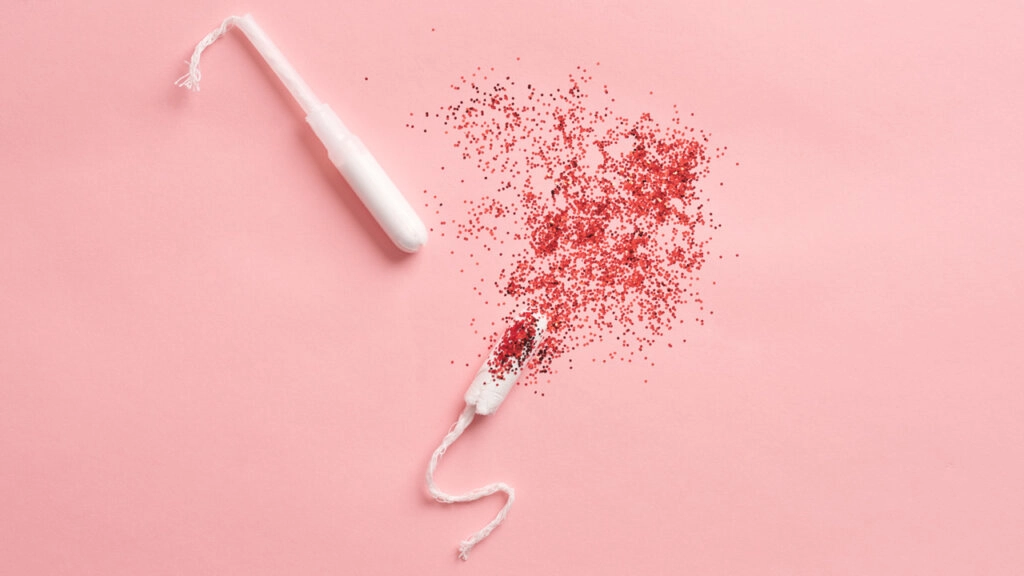
Period Panties
The word period panties doesn’t exactly exude sexiness.
In my world, period panties have always been the slightly too large and slightly too perforated cotton panties at the back of the drawer, which are pulled out along with the heavy artillery on the second period day, where the bleeding is at its heaviest.
But I’m slowly getting used to the fact that period panties nowadays are something different. They are panties (no Bridget Jones here, I’ve seen the finest lace) with absorbing layers that work in the same way as a menstrual pad.
And this is pretty clever if you want to avoid inserting something up the vagina, but at the same time are tired of plastic, glue, wings, and the cost of using regular pads.
The Menstrual Cup
A menstrual cup is an environmentally friendly alternative to traditional single use menstrual products. Because, instead of filling your shopping cart with new pads and tampons every month, you can reuse a menstrual cup. Even up to 10 years.
The cup is typically available in 1–2 sizes, depending on whether you’ve given birth and how much you’re bleeding. There are various techniques you can try when inserting it. The cup has to be inside your vagina so that it can collect your blood.
Here it can sit for 8–12 hours (always read the instructions for your particular cup), after which it needs to be taken out, emptied, washed, and can be inserted again right away.
It may take a little practice and fingertip feeling to get the cup in place (not to mention out again—don’t have your first attempt at work, that’s all I’m saying). But when it’s in, it’s smooth sailing. In fact, you can’t feel the cup when it’s sitting properly.

Soft Tampons
The small soft tampon works in the same way as a regular tampon. It’s inserted into the vagina (maybe with a little water-based lubricant, if not already applied), where it collects your blood.
And the cool thing about such a soft tampon is that you can move as freely as you want and even have penetrative sex if your partner or dildo isn’t too long.
It can sit for 4–8 hours depending on how much you bleed, and whether or not you’ve been swimming, etc.
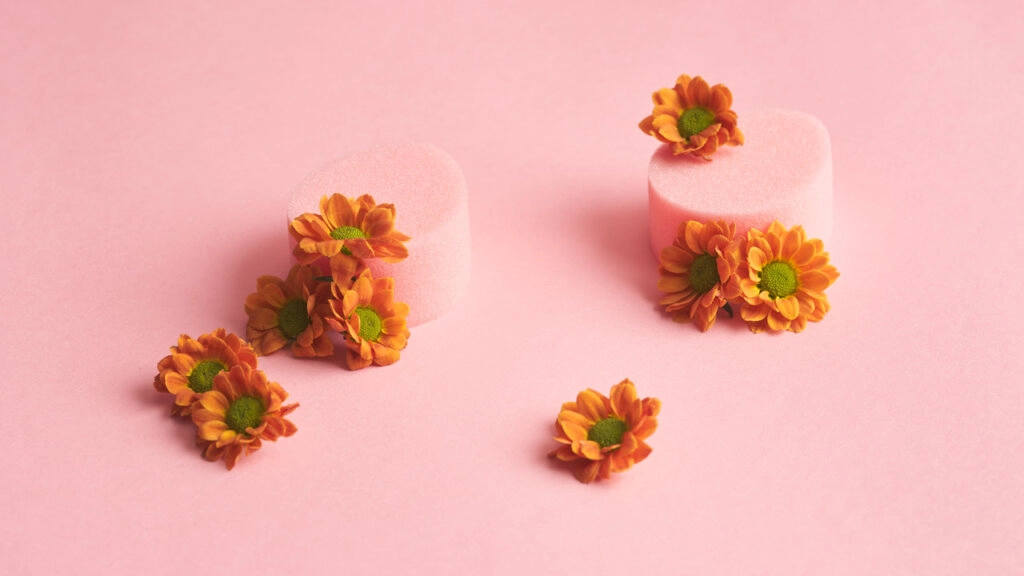
Reusable Menstrual Pads
If you prefer to use pads, then there’s an alternative to those you will find in the supermarket. Namely the reusable pads. They are absorbent cloth pads that you can put in your regular panties using a push button.
It’s that simple.
Menstrual Sponge
You might think that sponges and menstruation seem like an odd combination, but women have been using natural menstrual sponges during menstruation for hundreds of years.
It’s possible to have penetrative sex with a menstrual sponge up the vagina, and both Cleopatra and prostitutes have made great use of it.
The sponge is cut to a suitable size, after which it’s soaked so that it becomes soft. It’s then ready to be inserted into the vagina, where it sucks up your menstrual blood.
It should be inserted for a maximum of 8 hours, just like with tampons. And when you take it out, you can rinse it and insert it again right away.
A menstrual sponge has a lifespan of between 3–6 months, so you could also call this a more sustainable choice.
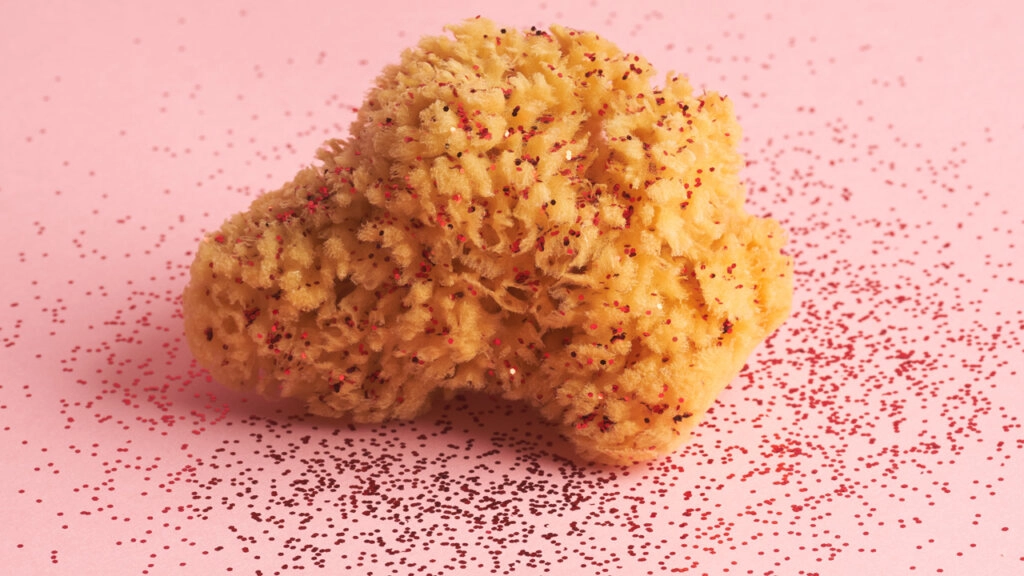
Free Bleeding
With regard to how you handle your period blood, you obviously also have the option of not doing anything. That is, to bleed freely.
When you bleed freely, you bleed directly into your panties. This may seem like crossing a line to some people. Especially on days with a lot of bleeding.
However, a woman bleeds 0.5 dl on average during her period, so it’s actually quite limited in terms of how bad it can get.
Free bleeding obviously requires a little more laundry and panty changes.
Personally, I'm not a big fan of increasing the amount of household chores, but I think there's something powerful and liberating about the idea of bleeding freely without any care.

Blood, Sweat, and Tears
Regardless of how your period behaves and whether it’s accompanied by one or more companions, I hope you have a good relationship with it. Because you’re stuck with it until menopause.
Although there are times where I can’t wait until the bloody hell is really over, I will practise looking at my own period with kinder eyes.
And with a little sisterly love in mind, be patient with each other when we fight on day one, bleed on day two, have eaten all the cake on day three, are tired and lazy on day four, and hopefully a little more ourselves on day five.
Take care and keep bleeding!
